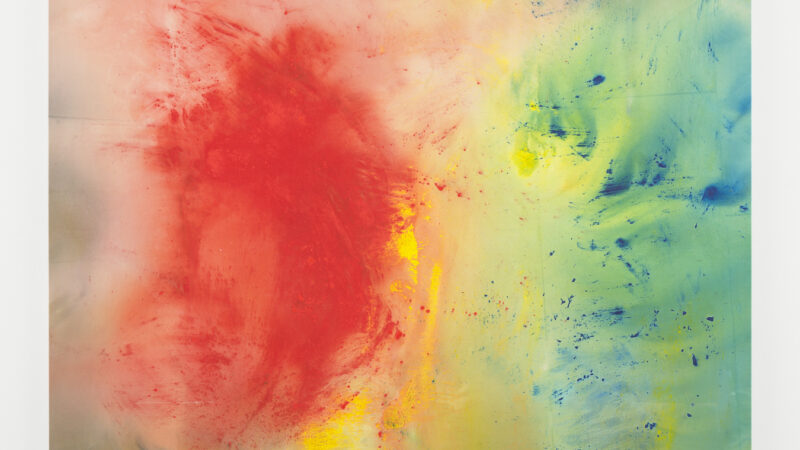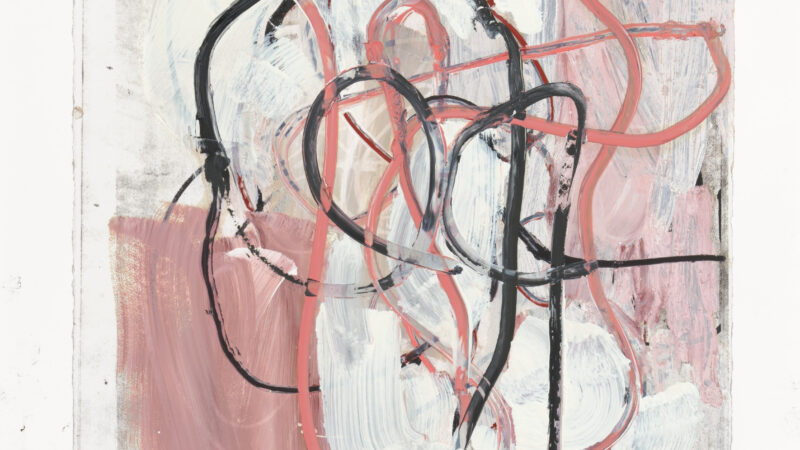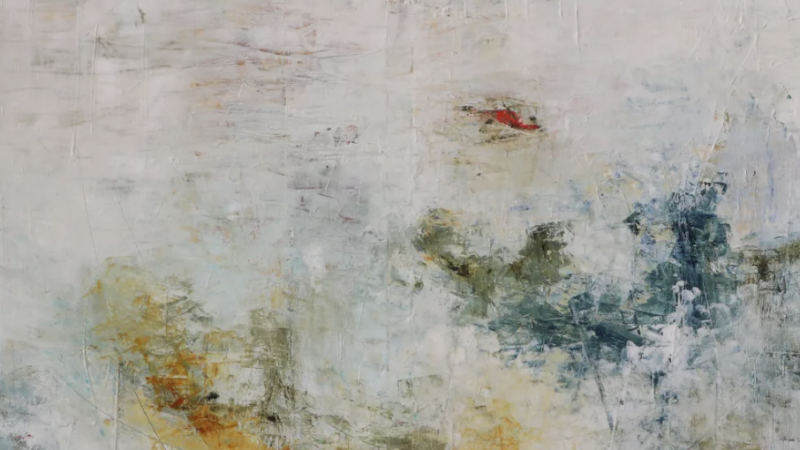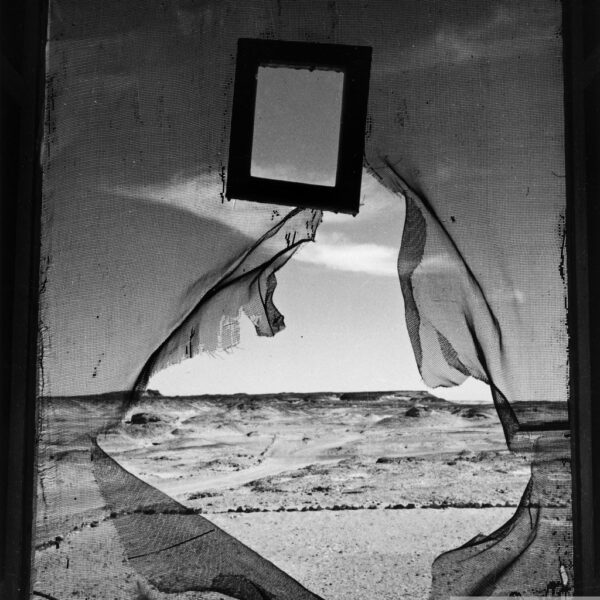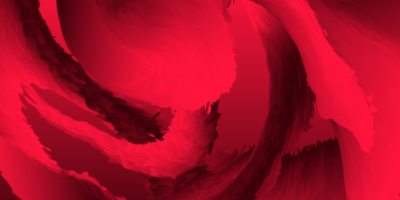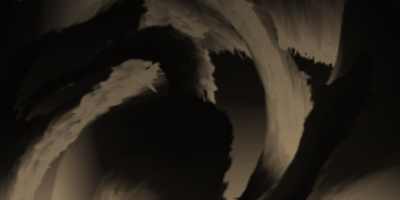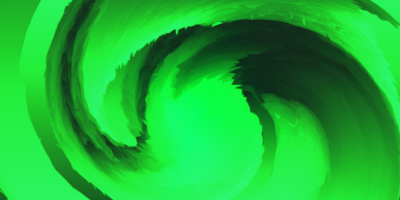Keita Miyazaki: Excess of Desire | Rosenfeld
Japanese artist Keita Miyazaki’s sculptures feature materials that marry disjunction and unfamiliarity, exuding an apocalyptic irony that feels simultaneously uncomfortable and reconciled.
In 2011, the Tohoku earthquake and tsunami tore through and devastated large swathes of Japan – a turning point in Miyazaki’s artistic approach. Witnessing destruction first-hand crystallised the idea between industrial development and wealth, and the meaning of true value and progress against greater, uncontrollable forces.

blue turmoil
In his works, fragility merges with metal, delicate materials juxtaposed with solid structures, escaping expectation and redefining structure and biomorphic form.
Discarded car engine components are welded together and then combined with coloured origami-like folded paper and sewn felt, fashioning sculptures of contradiction and aesthetic intrigue.
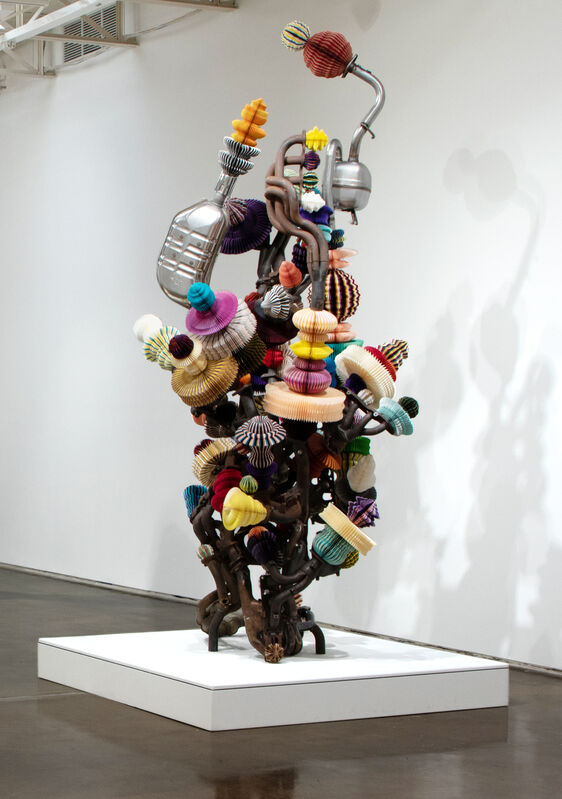
universal disorder
In installation, sounds inspired by the jingles found in Japanese supermarkets and metro stations is often incorporated through small speakers echoing the cacophonic persistence of city life and the banalisation of daily existence.
Signaling a formal departure from his hybrid biomorphic sculptures, Miyazaki’s latest body of works on display at Rosenfeld draws on the ‘Vanitas’ style of 17th century Dutch painting, exploring the profound philosophical meditations on the transience of human existence.
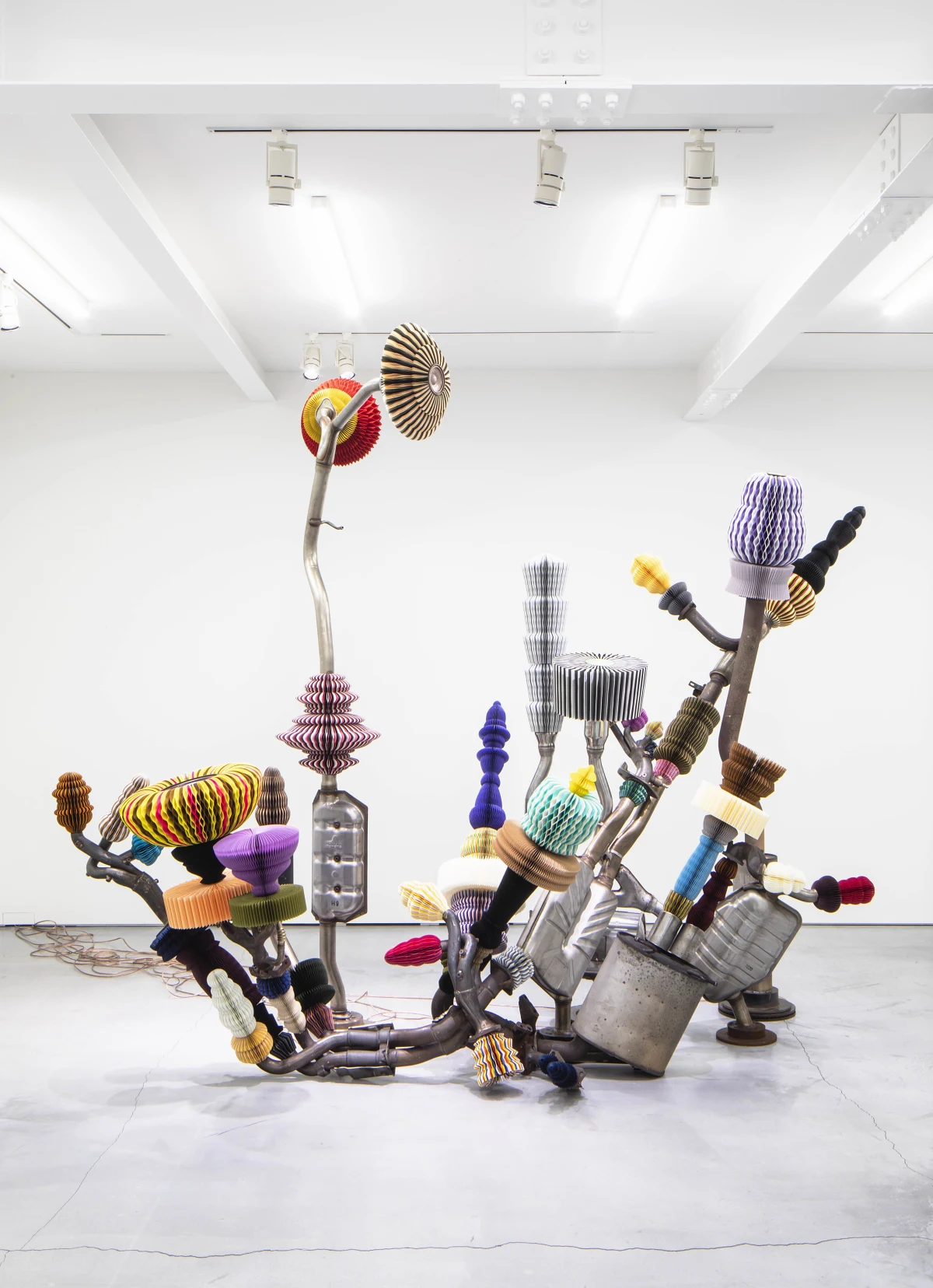
draft of species
A fascination with ruins and inherent beauty remains, but are expressed through a newly technical sculptural language.
The exhibition features Miyazaki’s most ambitious wall sculpture to date, Excess of Desire. Spanning across almost 3 metres, a long line of exhaust pipes and silent mufflers have been welded together to form a nature-like continuum, delicately connected to richly coloured origami pieces in an extraordinary amalgamation of surfaces.
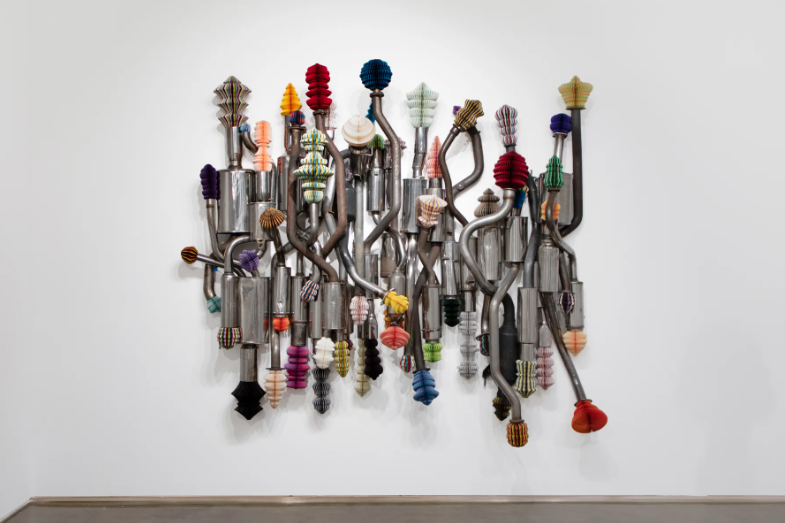
Excess of Desire
Excess of Desire is now open and runs through to September 30, at Rosenfeld, 37 Rathbone Street, London, W1T 1NZ
All images courtesy of Gallery Rosenfeld


